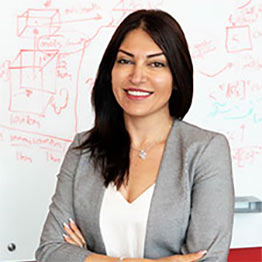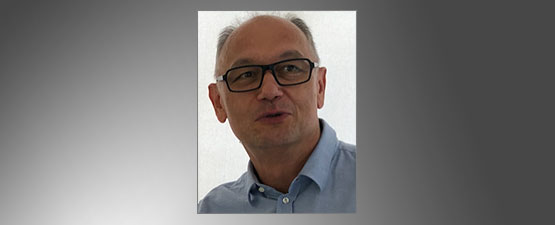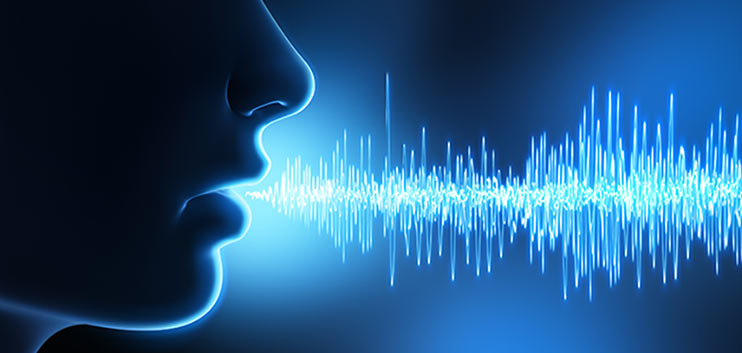(APSIPA ASC 2023) 2023 Asia Pacific Signal and Information Processing Association Annual Summit and Conference
Date: 31 October-3 November 2023
Location: Taipei, Taiwan
May the year 2023 bring everyone closer to the fulfilment of their dreams. We have left behind a year marked with successes on multiple fronts, including health and technology as well as a year filled with proud people risking their lives for freedom. In particular, two big movements have captured our hearts: the fierce resistance of Ukranian people against the Russian invasion of their country, and the prodemocracy uprising in Iran with women in the lead.

Date: 31 October-3 November 2023
Location: Taipei, Taiwan

Date: June 20-22, 2023
Location: Ghent, Belgium

Date: 12-13 September 2023
Location: Edinburgh, UK

Florida Atlantic University Boca Raton, FL, USA

Date: 16 January 2023
Chapter: Italy Chapter
Chapter Chair: Enrico Magli
Title: Convolutional Neural Networks Demystified: A Matched Filtering
Approach to Fully Interpretable CNNs

We all experienced the discomfort of communicating with our friends at a cocktail party or in a pub with loud background music. When difficult acoustic scenarios like these occur, we tend to rely on several visual cues, such as lips and mouth movement of the speaker, in order to understand the speech of interest.
IEEE Signal Processing Society Past President Ahmed Tewfik, in his capacity as Chair of the Society’s Nominations and Appointments Committee, invites nominations for the IEEE Signal Processing Society Officer positions of President-Elect, Vice President-Conferences, and Vice President-Publications.
Recently, affine projection algorithm has been extensively studied in the Gaussian noise environment. However, the performance of affine projection algorithm will deteriorate rapidly in the presence of impulsive noise and other non-Gaussian noise. To address this issue, this paper proposes a novel affine projection algorithm based on the complex Gaussian kernel function, called widely linear maximum complex correntropy criterion affine projection algorithm (WL-MCCC-APA).
As an important yet challenging task in Earth observation, change detection (CD) is undergoing a technological revolution, given the broadening application of deep learning. Nevertheless, existing deep learning-based CD methods still suffer from two salient issues: 1) incomplete temporal modeling, and 2) space-time coupling. In view of these issues, we propose a more explicit and sophisticated modeling of time and accordingly establish a pair-to-video change detection (P2V-CD) framework. First, a pseudo transition video that carries rich temporal information is constructed from the input image pair, interpreting CD as a problem of video understanding.